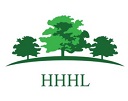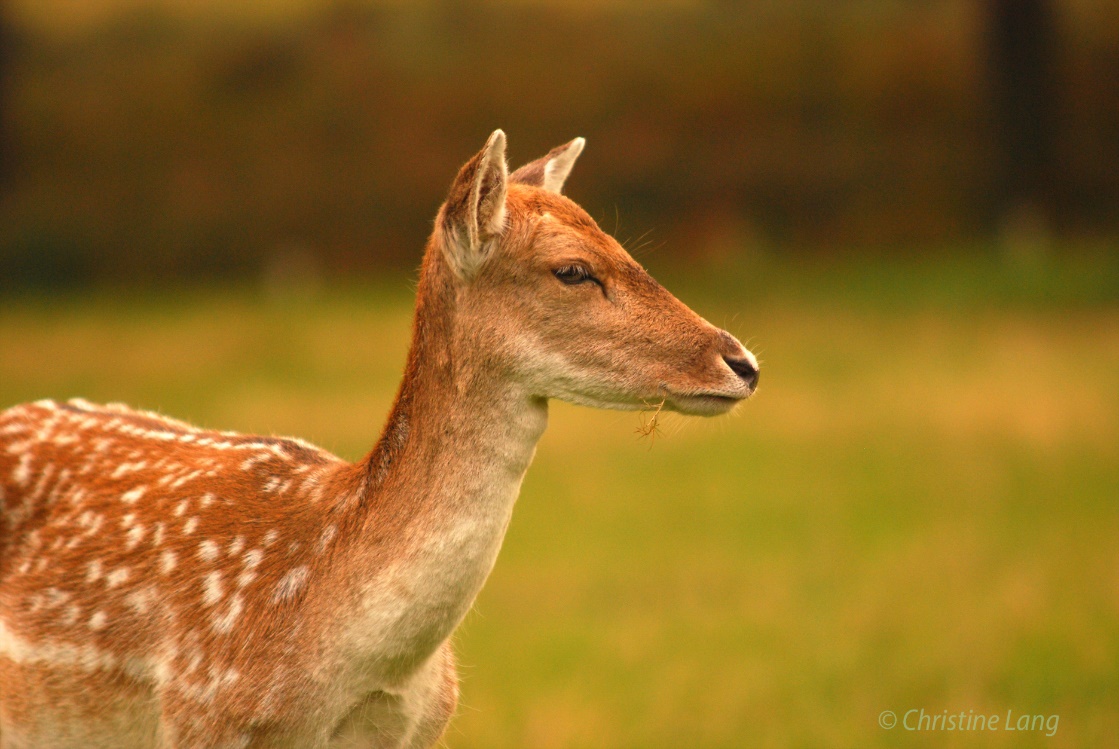



Here at High Lodge, it is fallow deer and muntjac that you will most likely see - and you may even catch a glimpse of the white fallow as they run through the trees.

Thetford Forest has fallow, roe, red and muntjac deer. Red and Roe are native. Fallow has been reintroduced twice, by the Romans and the Normans and Muntjac are an alien species which escaped from estates' parkland.
Even if you don't see a deer, traces of their presence are all around you. Look for:
Deer damage trees: they browse, feeding on buds, shoots and foliage and they strip bark from main stems or branches by gnawing or rubbing.
Damaged or dead trees are a loss of income for Forestry England so a team of wildlife rangers manages the deer population.
As deer have no natural predators in this country, management of their numbers helps ensure that weak, ill, failing animals are culled to retain a healthy herd.
Although it is true that ill & weak deer are culled, so are generally very healthy deer. The problem lies in having too many deer on the ground. Changes in the way we manage the land, especially farmland, have created a deer haven with no food shortage over the winter months and less harsh winters which traditionally would have reduced the deer population.
Deer need to be controlled to balance their impact on the environment, particularly in our forests where the main income is from selling the timber but their presence as beautiful, wild animals enhances the experience of being in the Forest.
To read about the deer species that can be found at High Lodge, click here